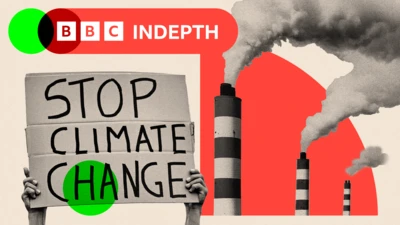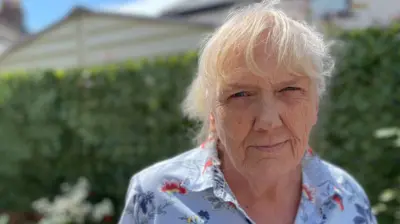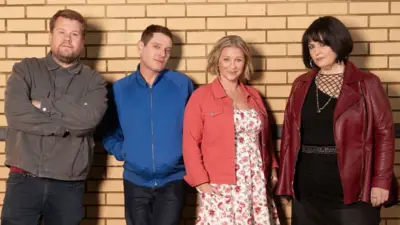We've updated our Privacy and Cookies Policy
We've made some important changes to our Privacy and Cookies Policy and we want you to know what this means for you and your data.
Rate bills: Most valuable houses in Northern Ireland face higher costs
Image source, Getty Images
- Author, John Campbell
- Role, BBC News NI economics and business editor
Northern Ireland's 8,000 most valuable houses are facing higher rates bills under new Stormont proposals.
In theory, the highest bill could rise to £25,000 a year.
Rates are property taxes paid by households and businesses and are based on property values.
The rateable value of houses is currently capped and the proposal is to lift that cap. Currently, no houses are assumed to be worth more than £400,000 at a 2005 valuation.
That means that large homes in more affluent areas of north Down, for example, currently pay the same rates as much more modest detached houses.
The highest domestic rates bill in Northern Ireland is currently about £4,200.
What would happen if the cap goes?
If the cap was entirely abolished, it could raise an extra £11m to be shared between local councils and Stormont.
That would see about 8,000 households paying an average of about £1,400 a year extra.
However, many houses are just over the cap and would see an annual increase of less than £100, while a small number of houses would see five-figure annual payments.
That would only happen if the cap was abolished and no new policy, such as a new cap or a system of bands, was implemented.
It may be that a minister would see it is politically unacceptable to have a system where the highest annual rates bill was about five times higher than the highest council tax payments in Great Britain.
The consultation on rates has been launched after the Secretary of State, Chris Heaton-Harris, asked Stormont departments to come up with ideas for raising revenue.
It also seeks views on ending a rates relief that is worth about £70m a year to manufacturing businesses.
Currently factories in Northern Ireland get a 70% discount on their rates, a policy which existed in some form for about a century.
The relief is awarded to about 4,500 manufacturing properties, half of which are located in four council areas: Armagh City, Banbridge and Craigavon, Belfast, Mid Ulster and Newry, Mourne and Down.
Similar policies in other parts of the UK have been phased out.
Earlier attempts to remove or reform the relief in Northern Ireland were successfully resisted by the manufacturing sector.
Top Stories
More to explore
Most read
Content is not available








